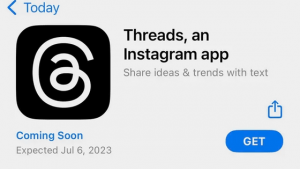Tokenization is the process of turning the sensitive data into nonsensitive data called “tokens” that can be used in a database or internal system without bringing it into scope.
According to TOKENEX, Tokenization can be used to secure sensitive data by replacing the original data with an unrelated value of the same length and format. The tokens are then sent to an organization’s internal systems for use, and the original data is stored in a secure token vault.
Also read: Nobel Prize 2021: Full list of awardees this year
It is also said that tokenized data is undecipherable and irreversible. This distinction is particularly important: Because there is no mathematical relationship between the token and its original number, tokens cannot be returned to their original form.
What is a Token?
A token is a piece of data that stands in for another, more valuable piece of information. Tokens have virtually no value on their own – they are only useful because they represent something bigger.
A good analogy is a poker chip: instead of filling a table with wads of cash (which can be easily lost or stolen), players use chips as placeholders.
Also read: What are political ‘surgeries’ in Britain?
The process of Tokenization works by removing the valuable data from the environment and replacing it with these tokens. Most businesses hold at least some sensitive data within their systems, whether it be credit card data, medical information, Social Security numbers, or anything else that requires security and protection.
Using tokenization, this data is taken out of your environment entirely, and then it is replaced with tokens that are unique to each piece of information.
What is the goal of Tokenization?
The goal of a tokenization platform is to remove any original sensitive payment or personal data from your business systems, replace each data set with an undecipherable token, and store the original data in a secure cloud environment, separate from your business systems.
For example, tokenization in banking protects cardholder data. When you process a payment using the token stored in your systems, only the original credit card tokenization system can swap the token with the corresponding primary account number (PAN) and send it to the payment processor for authorization.






